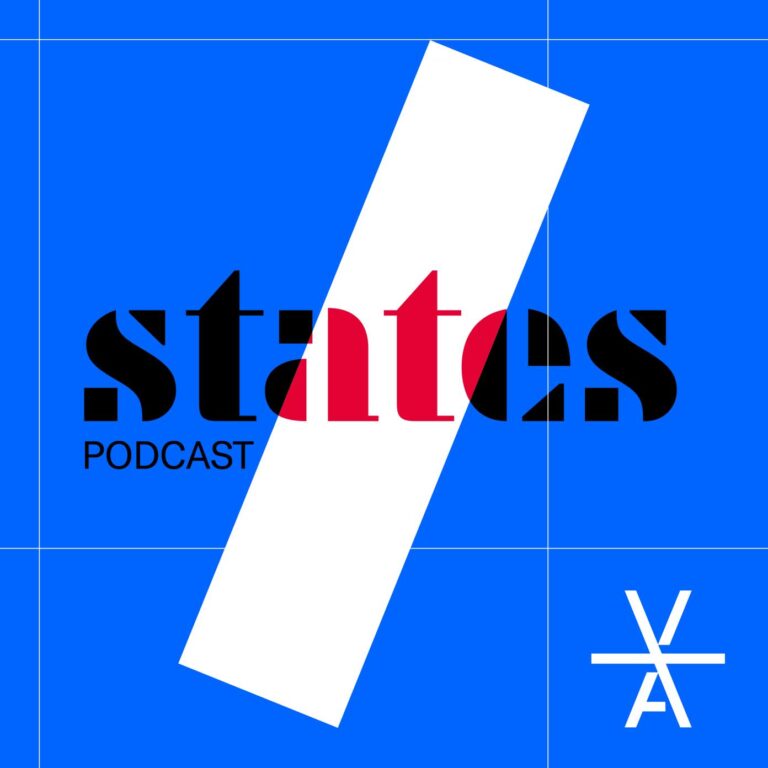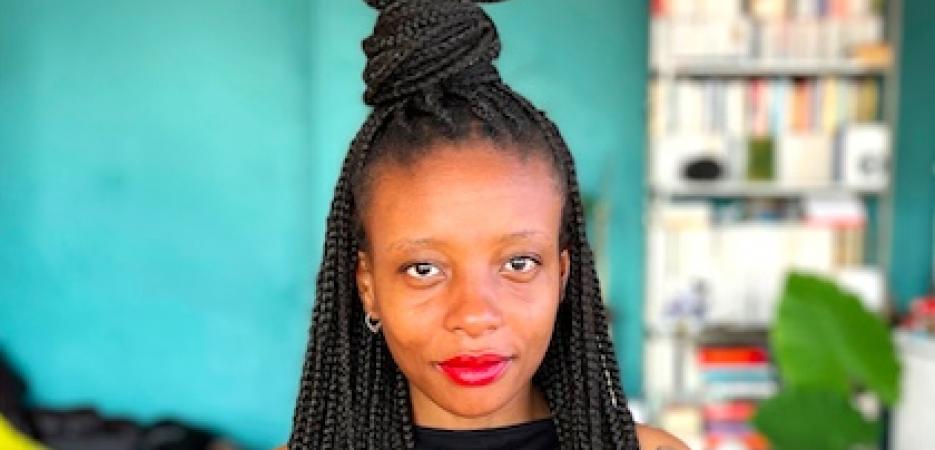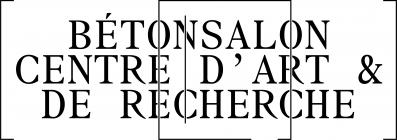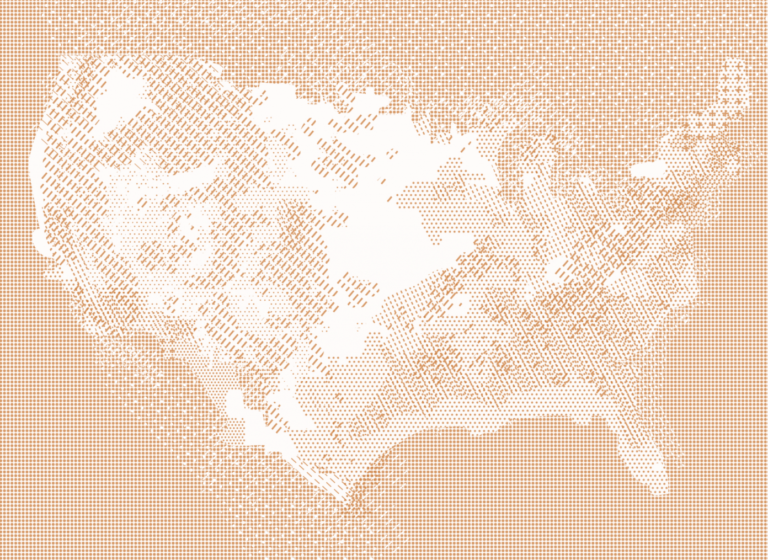
Euridice Zaituna Kala
Visual Artist
September-November 2023

- Visual Arts
- New York
“When we go through the glass, do we experience an encounter with ourselves? Are we attuned to the ways in which identity becomes compounded by other people, the outside world, passers-by, city sounds, and so on?”
My name is Euridice Zaituna Kala. I was born in Mozambique in 1987. I grew up and studied photography in Johannesburg. I have been living and working in France for the past five years.
My work as a visual artist focuses on researching and highlighting the multiplicity of narratives from bygone eras to shed light on the hidden facets of history. My pieces seek to develop an alternative viewpoint on historical accounts. In doing so, I am continuing a quest to find and build what Senghor once termed the “Kingdom of Childhood”. Drawing from the transformations, manipulations, and adaptations imposed on history, my work takes the form of installations, performances, images, objects, and books.
Through my interest in archives, both personal and collective, I have become acquainted with a wide array of research protocols that has strongly influenced my artistic output. The goal of my residency in New York will be to research and construct an extensive catalog of sounds.
My recent undertakings in research, art production, and exhibitions include Je suis l’archive (2020) and SEA(E)SCAPES DNA: Don’t (N)ever Ask (2022). For the first of these, I catalogued images of photographer Marc Vaux, a major witness and figure of the Montparnasse art scene, from the 1920s to the 1970s. I then began researching other familiar figures from my memories and personal references, including Joséphine Baker, James Baldwin, and my own father, Getulio Mario Kala.
SEA(E)SCAPES DNA: Don’t (N)ever Ask (2022), represents the culmination of seven years of research into the history of the slave ship Sao Jose Paquete d’Africa (1794), which sailed from Ilha, in Mozambique, and sank off the coast of the Cape, in South Africa. Trapped in its hold were some four hundred enslaved Mozambicans, most of whom died at the limit between the Indian and Atlantic Oceans.
A graduate of experimental photography at the Johannesburg Market Photo Workshop in 2012 and winner of a Villa Vassilieff/ADAGP Grant (2019–20), Euridice Zaituna Kala is currently a resident at Villa Medici in Rome. She has given numerous performances, including Je suis l’archive (2020) at Villa Vassilieff and Sea(E)scapes DNA: Don’t (N)ever Ask (2022) at the Salon H Gallery in Paris, and she has taken part in many group exhibitions and residencies. Her work will be featured at the 5th Biennale in Casablanca. She is also the founder and co-organizer of the Ephemeral Archival Station (e.a.s.t.), a laboratory and platform for artistic research projects that launched in 2017.
The aim of my research trip will be to map the history of International Style architecture in New York City, using a sound catalog that will draw extensively from such living archives as the Pan Am Building-MetLife (1963) and the Seagram building (1956–58), as well as other emblematic buildings (UN headquarters, etc.). This iconic style was greatly inspired by the first “glass house” buildings of the late 19th century, a time also marked by colonial world fairs.
I am interested in this particular architecture, since their raw materials – glass and metal – match my own chosen materials for observing and creating “heterotopic” (a term coined by Michel Foucault) episodes. When we go through the glass, do we experience an encounter with ourselves? Are we attuned to the ways in which identity becomes compounded by other people, the outside world, passers-by, city sounds, and so on?
During my residency, I also intend to expand this historical cartography into new geographies, as informed by the shifting nature of this style and the resulting social impacts. I will study social housing projects in and around the city, whose primary effect has been the ghettoization of African-American and Latino communities. For this, I will look at more recent builds, such as 111W57, as well as sites of memory and absence, including the 9/11 memorial and museum.
Housing represents a major challenge for megacities such as New York. How do we build and divide up habitats for such immense populations? In my art, research and archive visits, I place particular emphasis on places imbued with great symbolic power, such as the Crystal Palace, an iconic international-style building constructed primarily from glass and iron. This architectural current has strongly informed our ways of building urban environments, whereby architecture is used as a tool of social segregation. Moreover, it is indicative of a certain capitalism, which is especially visible in the clusters of luxury housing in Manhattan. I hope to meet with a cross-disciplinary group of practicing architects, artists, and historians.
This will help me produce and expand a catalog of audio recordings collected from historical international-style buildings, such as the Pan Am Building-MetLife (1963) and the Seagram building (1956–58). I will also seek to understand the development of social housing throughout history, some of which have alienated entire populations of Black Americans, including the Queensbridge and Promonok projects in New York City. As well as this, I feel that a visit to the 9/11 memorial and museum will be important in continuing my exploration of themes connected with memory and emptiness. What once was and no longer is…
In partnership with

Bétonsalon
Bétonsalon develops its activities in collaboration with local, national and international organisations. The programming includes monographic or group exhibitions of emerging, re-emerging, established or forgotten artists, multidisciplinary events with the best possible quality of listening and exchange, mediation actions and research on experimental pedagogies, research and creation residencies, projects outside the walls that are woven with local audiences and structures, and actions that are not yet listed. Bétonsalon is a non-profit association created in 2003. Located on campus at the Université Paris Cité, in the 13th arrondissement since 2007, Bétonsalon – Center for art and research is a cultural establishment of the City of Paris.

1014
In an interconnected world, the transatlantic partnership remains important. In the heart of New York City, 1014 creates a space to explore global challenges and opportunities together – across the worlds of culture, ideas and society. With its digital components, 1014 extends its reach beyond the city. Inclusive talks, performances and exhibitions offer perspectives from both sides of the Atlantic. Programs are free of charge. 1014 enables collaborations, forging individual and institutional partnerships.




